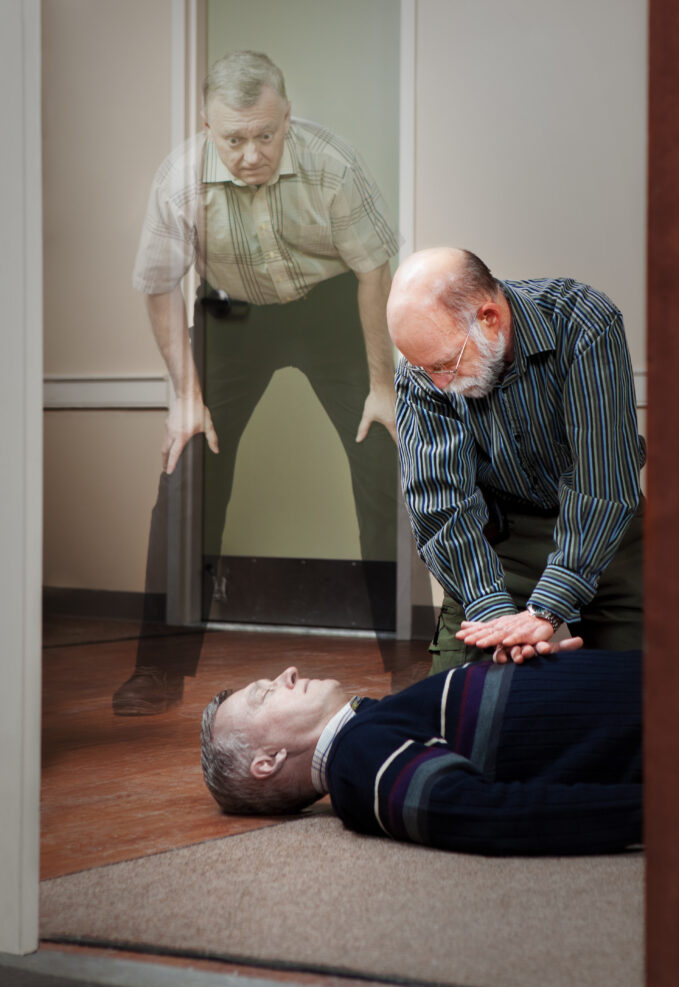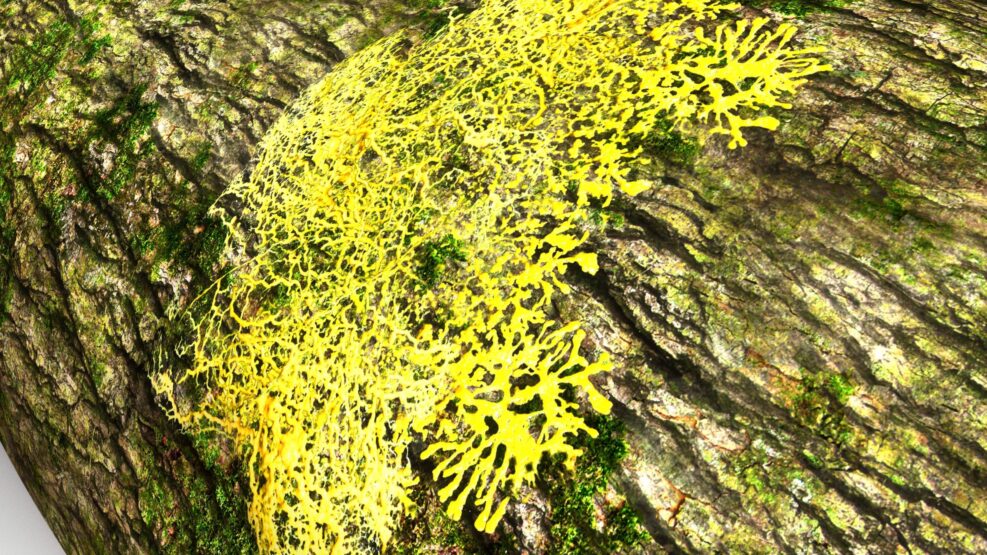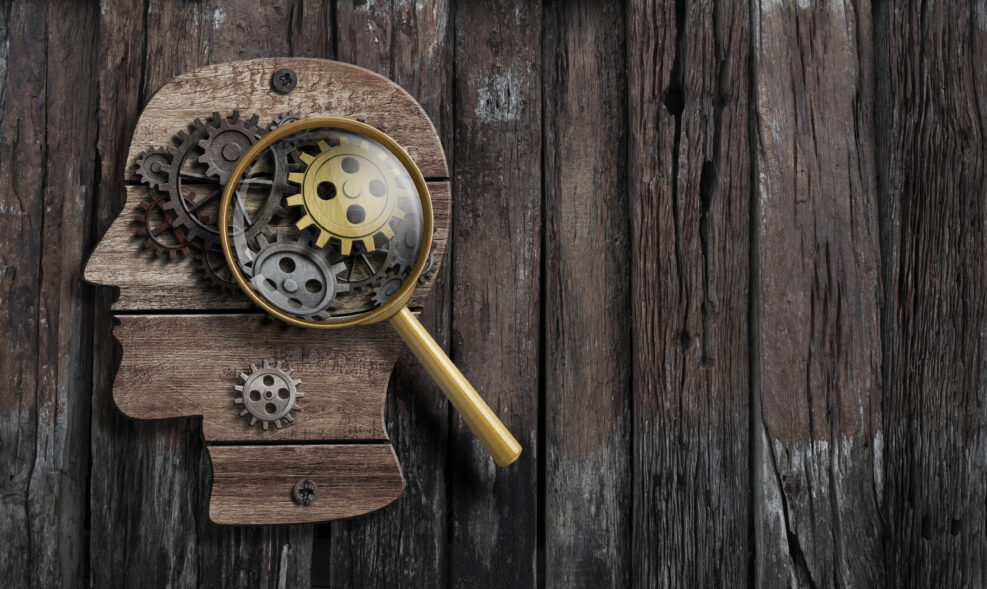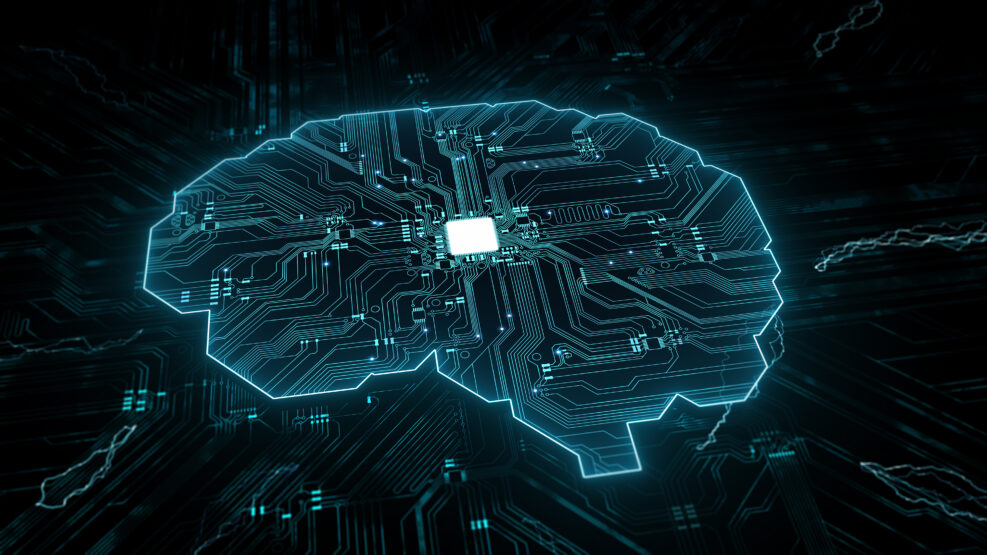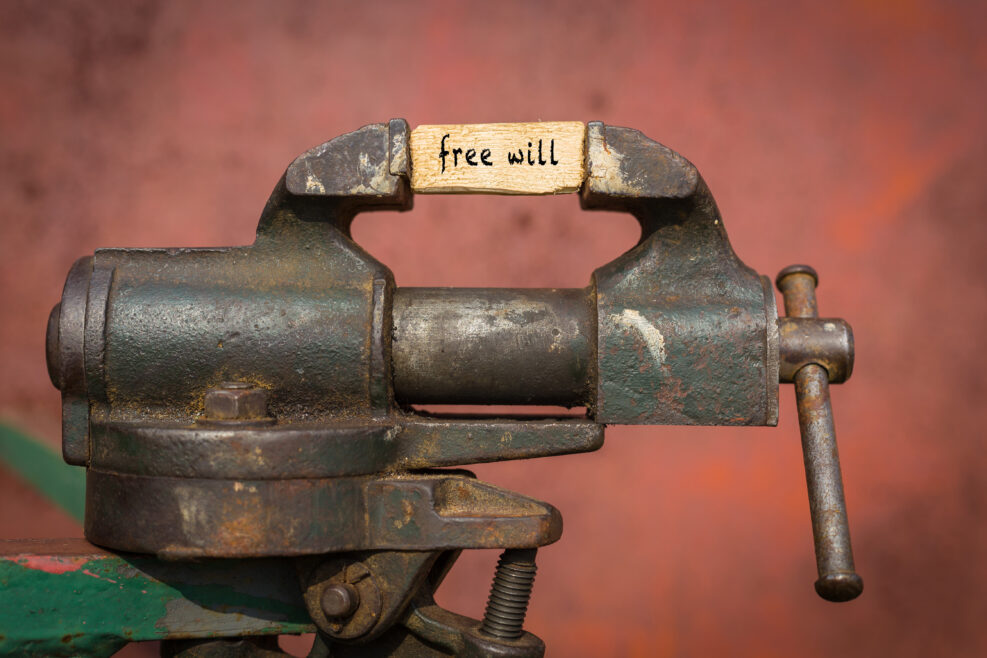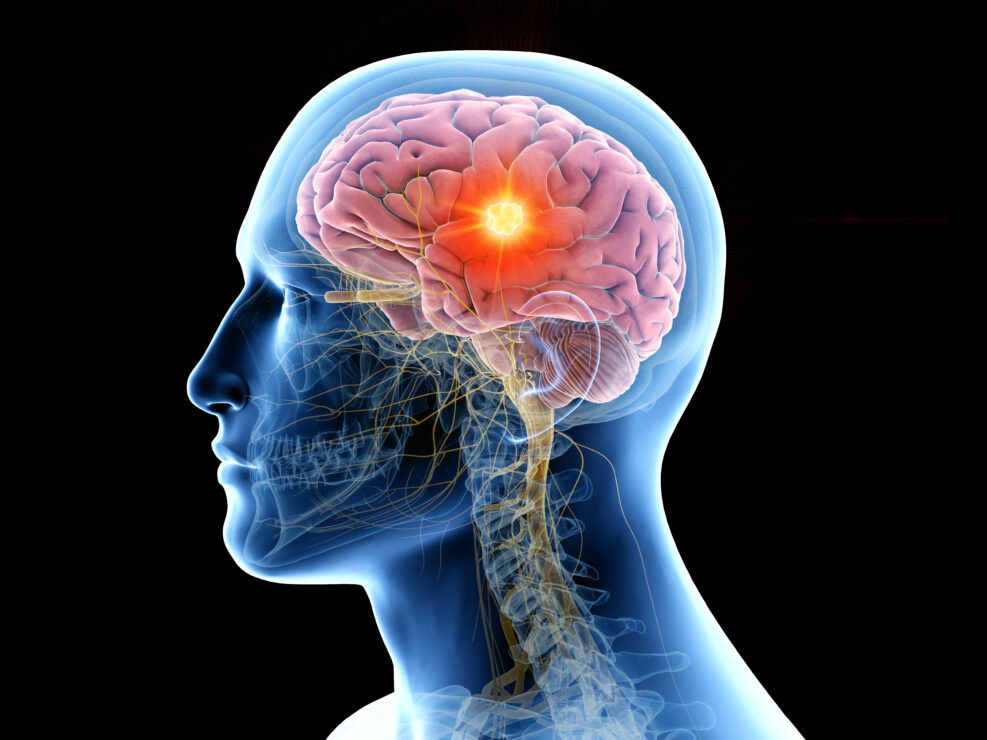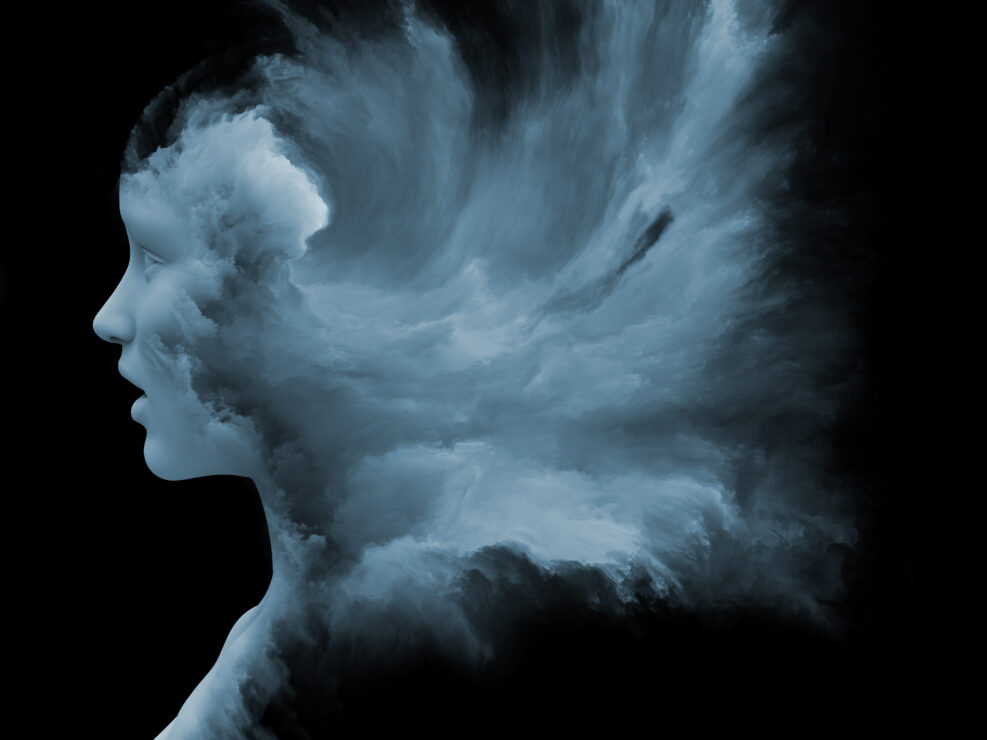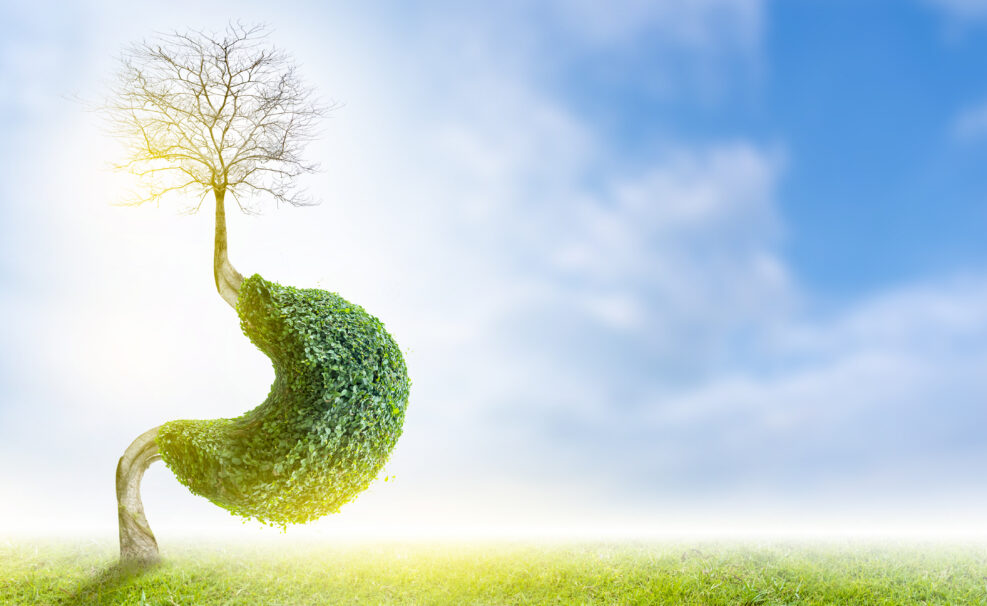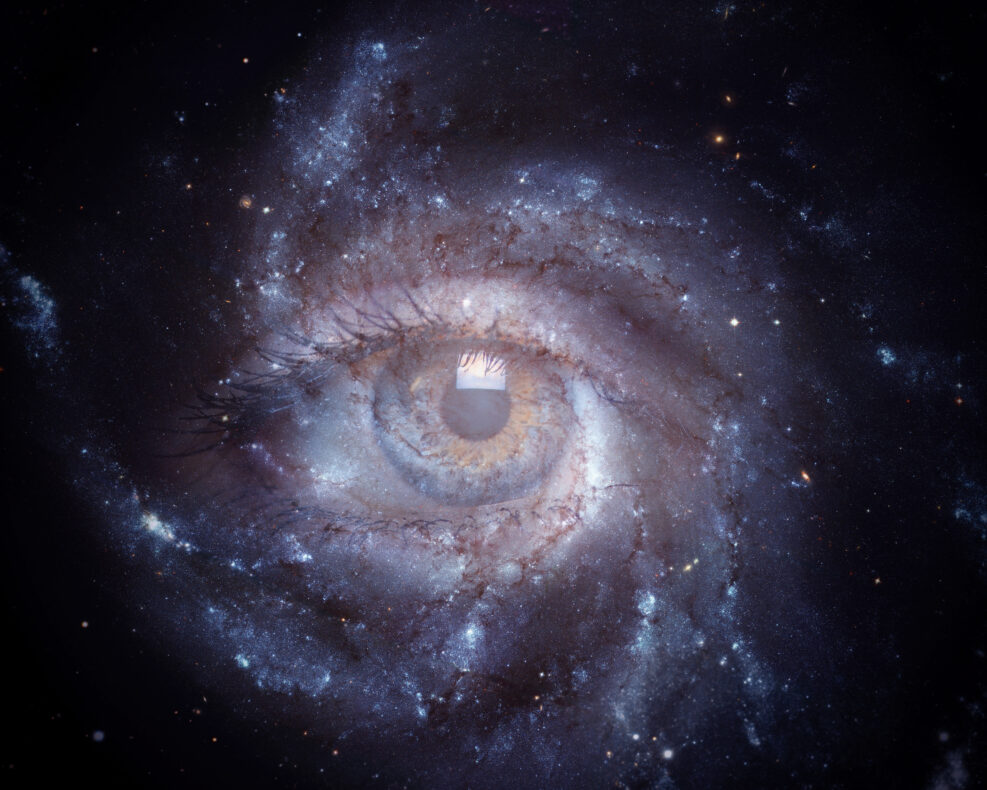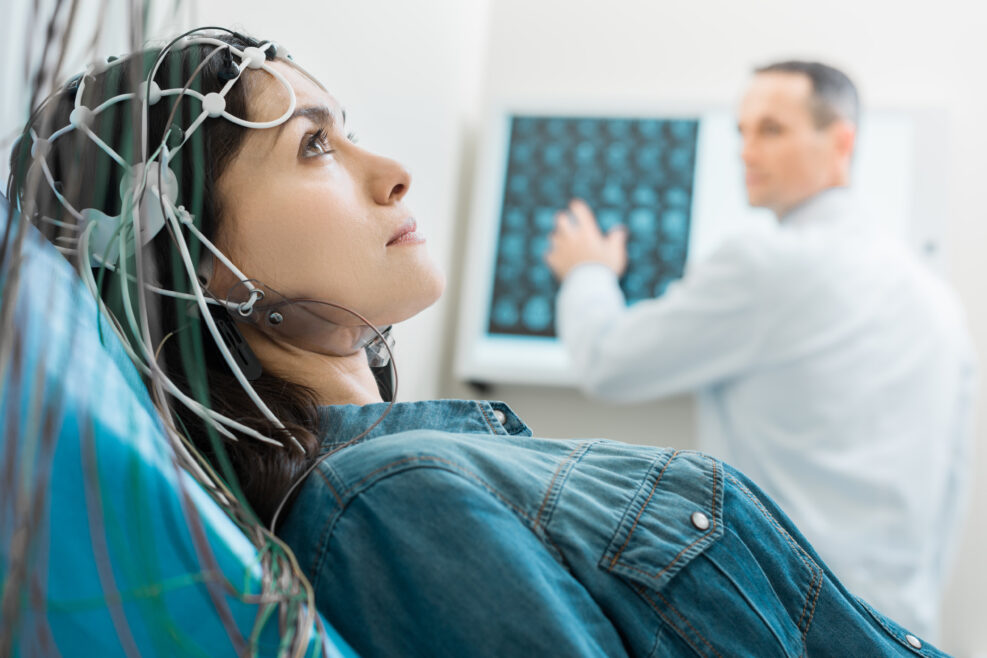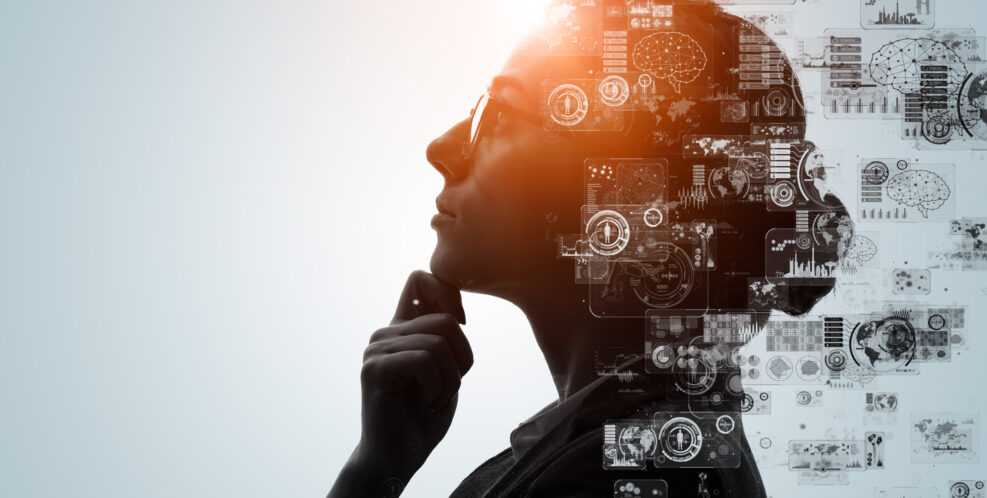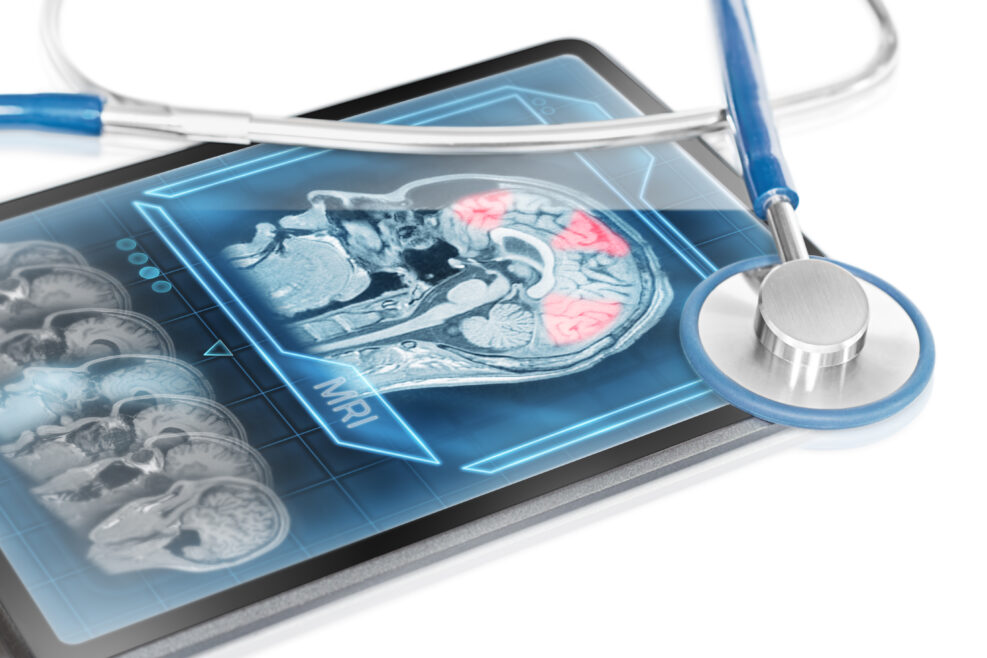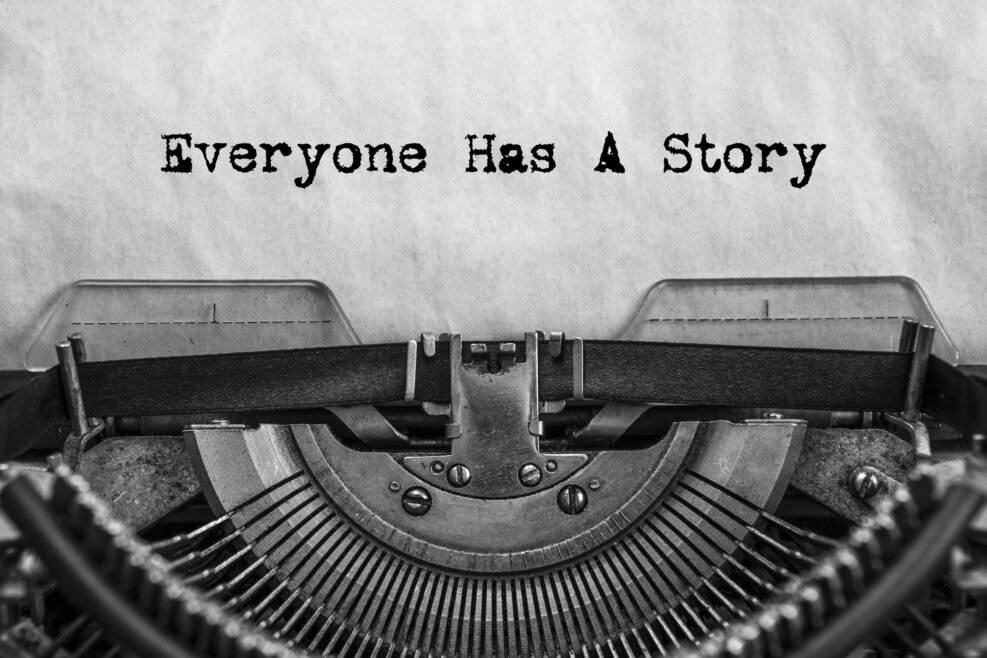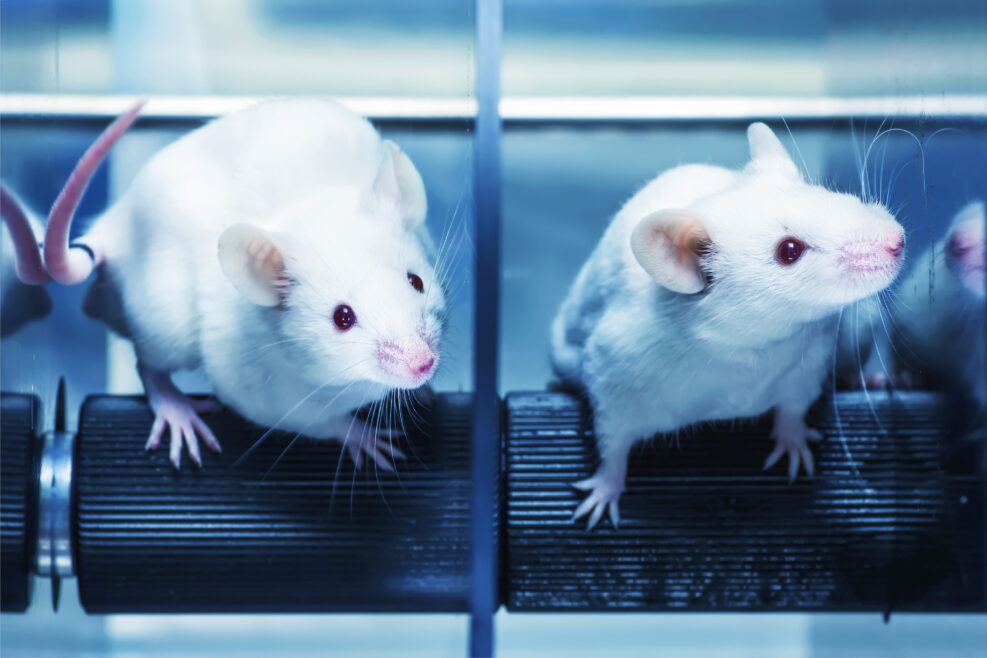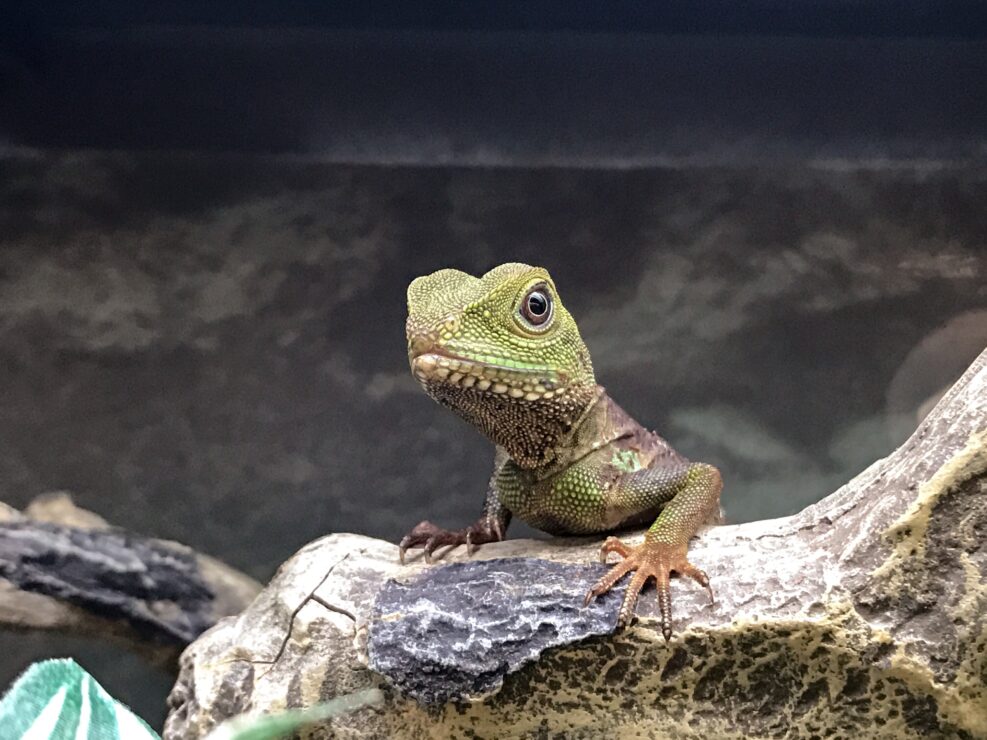
No, You Do Not Have a Lizard Brain Inside Your Human Brain
The “lizard brain” is part of what science used to know about the brain that ain’t soLisa Feldman Barrett (pictured), Northeastern University psychology prof and author of Seven and a Half Lessons About the Brain (2020), is candid about the way new research has cast doubt on old saws in science: “As a neuroscientist, I see scientific myths about the brain repeated regularly in the media and corners of academic research.” The myth she targets in a recent article at Nautilus is the “triune brain,” the idea that our brain developed and continues to function in three successive layers. First developed by neuroscientist Paul D. MacLean (1913–2007) in the 1960s and set out in more detail in his 1990 book The Triune Brain in Evolution, the triune brain theory posited three successive layers of brain: ● Read More ›
